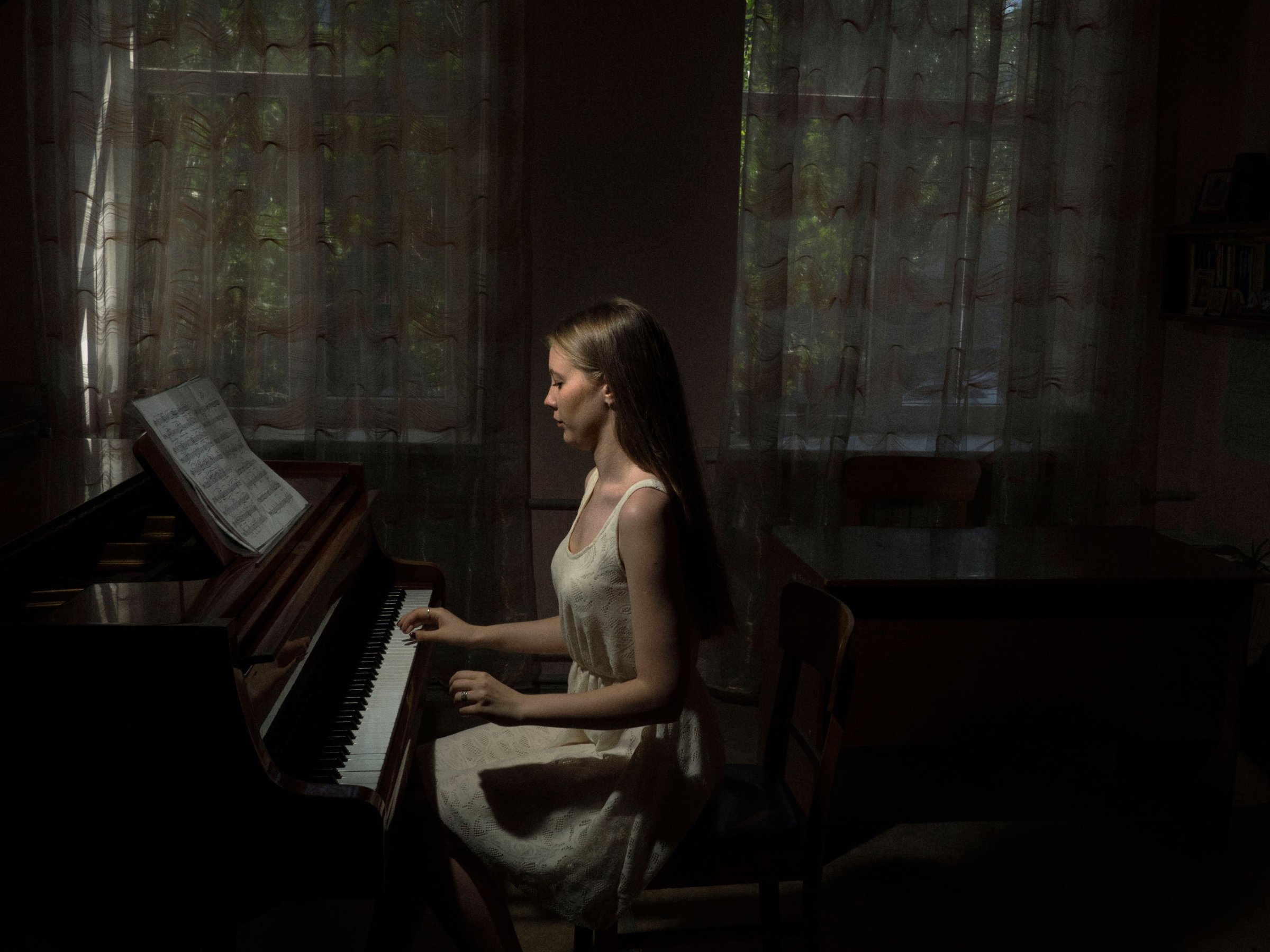
French photographer Jerome Sessini has spent the last 18 months covering the unrest in Ukraine. He watched the rise of the antigovernment protests in late 2013, paralyzing Kiev, after the country pivoted toward Russia under the impulsion of its then-President Viktor Yanukovych. He was at Independence Square when dozens of people were shot by snipers, and he witnessed the birth of the war in the east as pro-Russian forces fanned through the region. And last July, he was also on the scene when Malaysia Airlines Flight 17 was downed by a missile, killing nearly 300 innocents.
Sessini has returned to the east several times since then, each time documenting the changing of a society in the country’s industrial heartland and its people as the conflict rages.
At least 6,400 people have been killed in Ukraine, the United Nations recently noted, and more than 1.3 million have been displaced. Since the rebels took Debaltseve in February, fears have steadily risen that Mariupol, a key economic and transport hub, would be next. If so, it would establish a land bridge between Russia and Crimea, the province it annexed in early 2014.
In late May, Sessini arrived to Mariupol, a major port city under government control along the Sea of Azov. Earlier, he had photographed on the pro-Russian side. This time, for two weeks, he opted to remain on the predominantly Russian-speaking government-controlled side. He went in with two civilian volunteers—who were bringing food, clothing and electronics to build a drone—to see how the other side is living.
This near-certain upcoming battle has had a big impact on Mariupol, which has a population of about 460,000. “The city looks like it’s at a standstill,” Sessini tells TIME. He found a lot of shops were closed, restaurants and bars were empty, with streets largely deserted by 8PM. “You can feel the tension,” he says. “You feel this kind of sadness.”
During his visit, Sessini aimed to show daily life. He spent a fair amount of time on the tramway, turning his lens toward the souls on board and then out the windows at a city hanging in the balance as fighting rages nearby. He met a lot of young volunteers fighting on the Ukrainian side. Some of them, he was told, had been either police officers or demonstrators during the Maidan protests but were now working toward a common goal against the pro-Russian forces that fanned out across the east. Sessini worked with a translator, as many of the people he encountered weren’t naturally open with him, a foreigner. That lack of trust, he understands, is a natural part of conflict.
His photos are a powerful and tragic testament to the sea change in Ukraine. “I’ve seen the split go deeper and deeper,” Sessini says. He plans to return later in the summer—what he expects then, he’s not quite sure. He admits there is a realization among locals, as fighting has neared over the past few months, that their home city is a strategic target. They understand an assault is likely to come sooner or later. For some of them, he found, all they can do is wait.
Jerome Sessini is a French photojournalist represented by Magnum Photos.
Kira Pollack, who edited this photo essay, is TIME’s Director of Photography. Follow her on Twitter @kirapollack.
Andrew Katz is a former TIME homepage editor and reporter covering international affairs. Follow him on Twitter @katz.
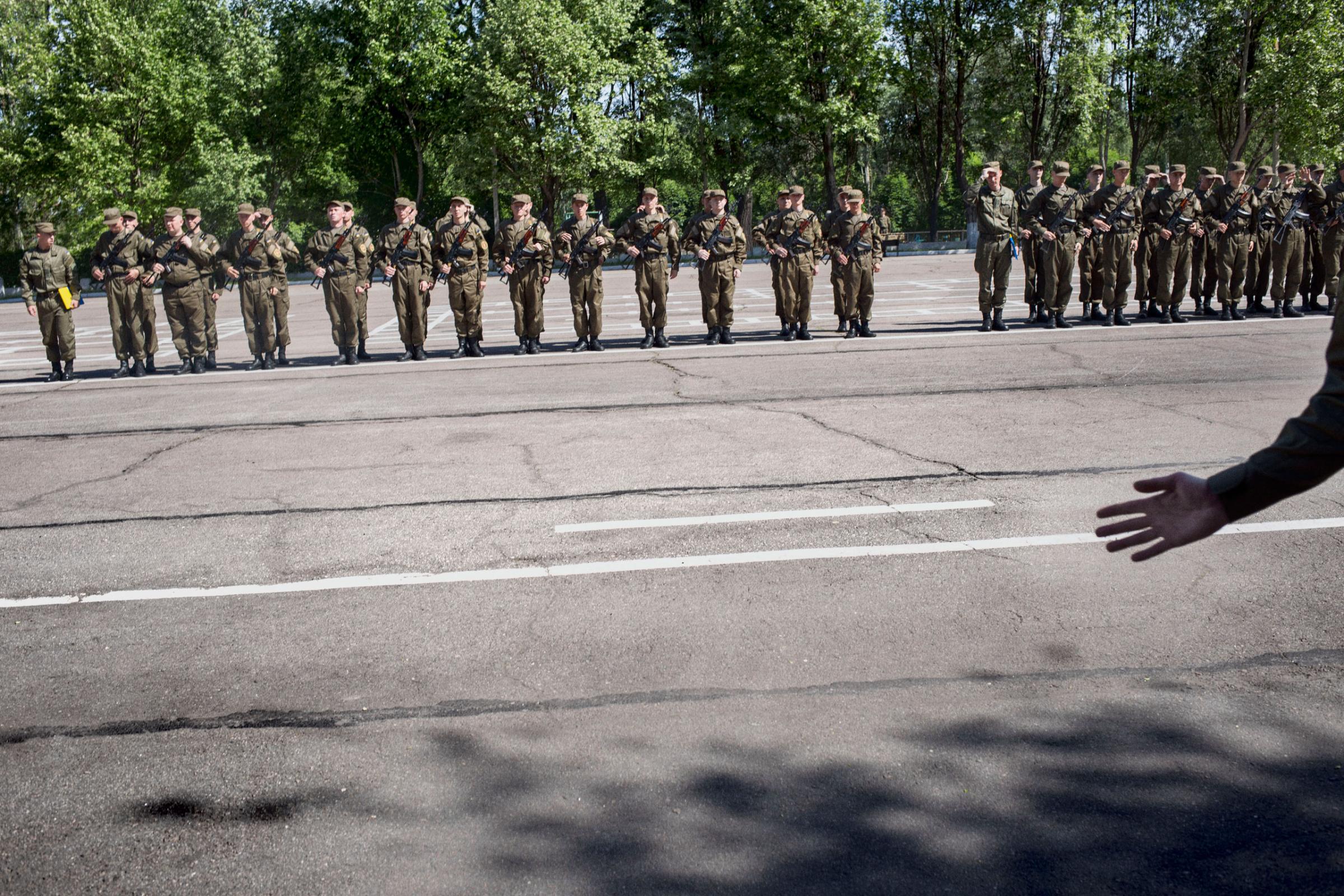
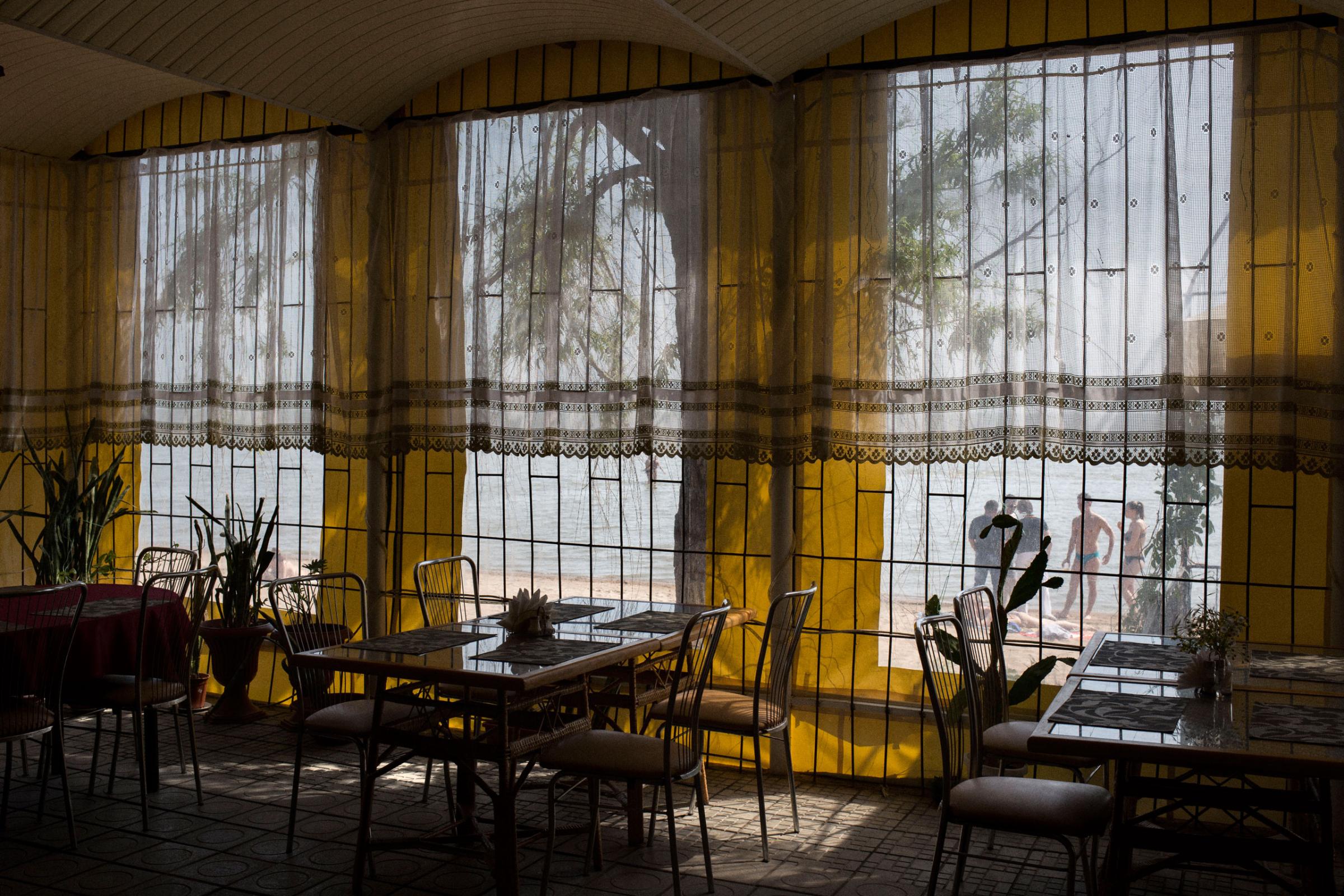
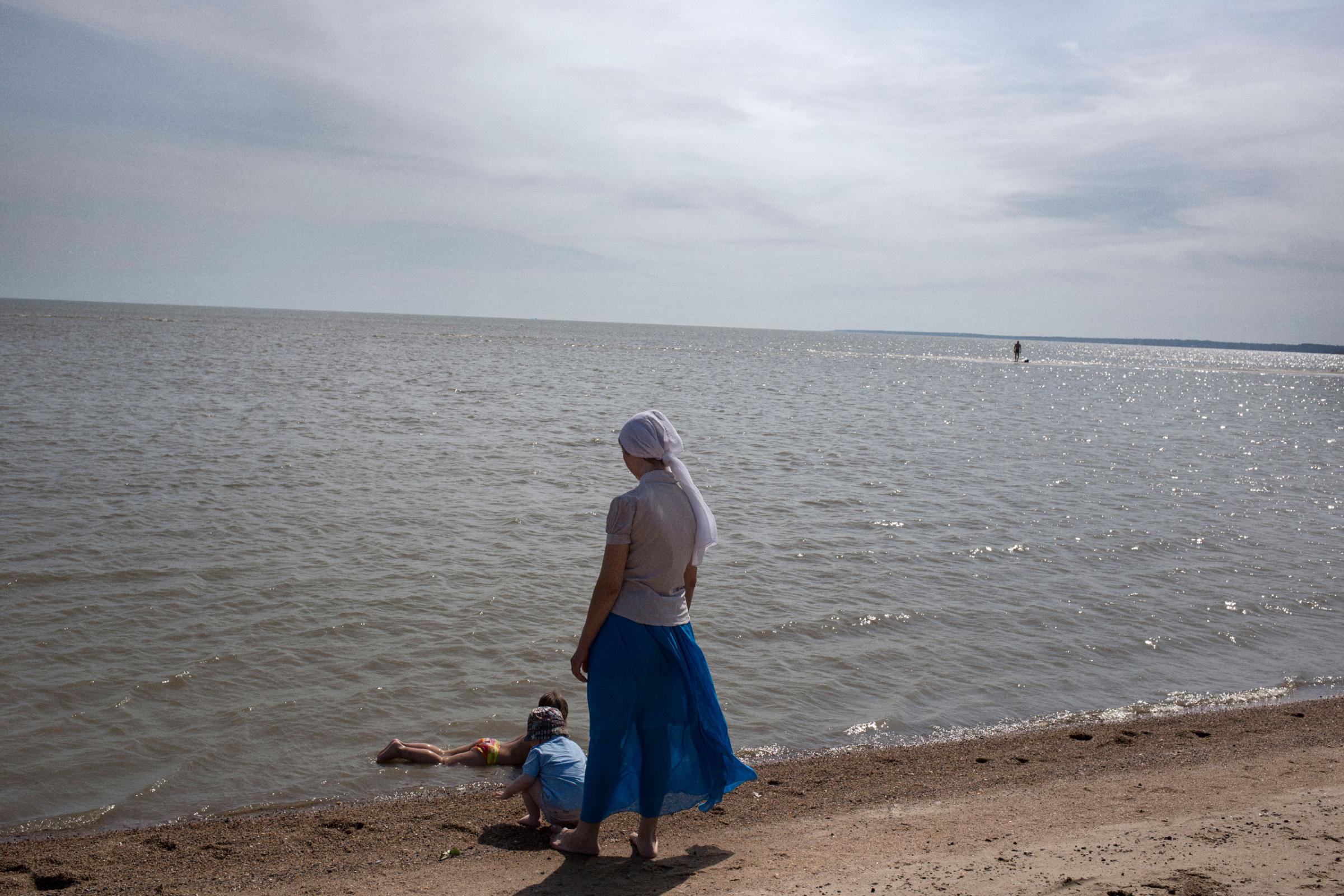
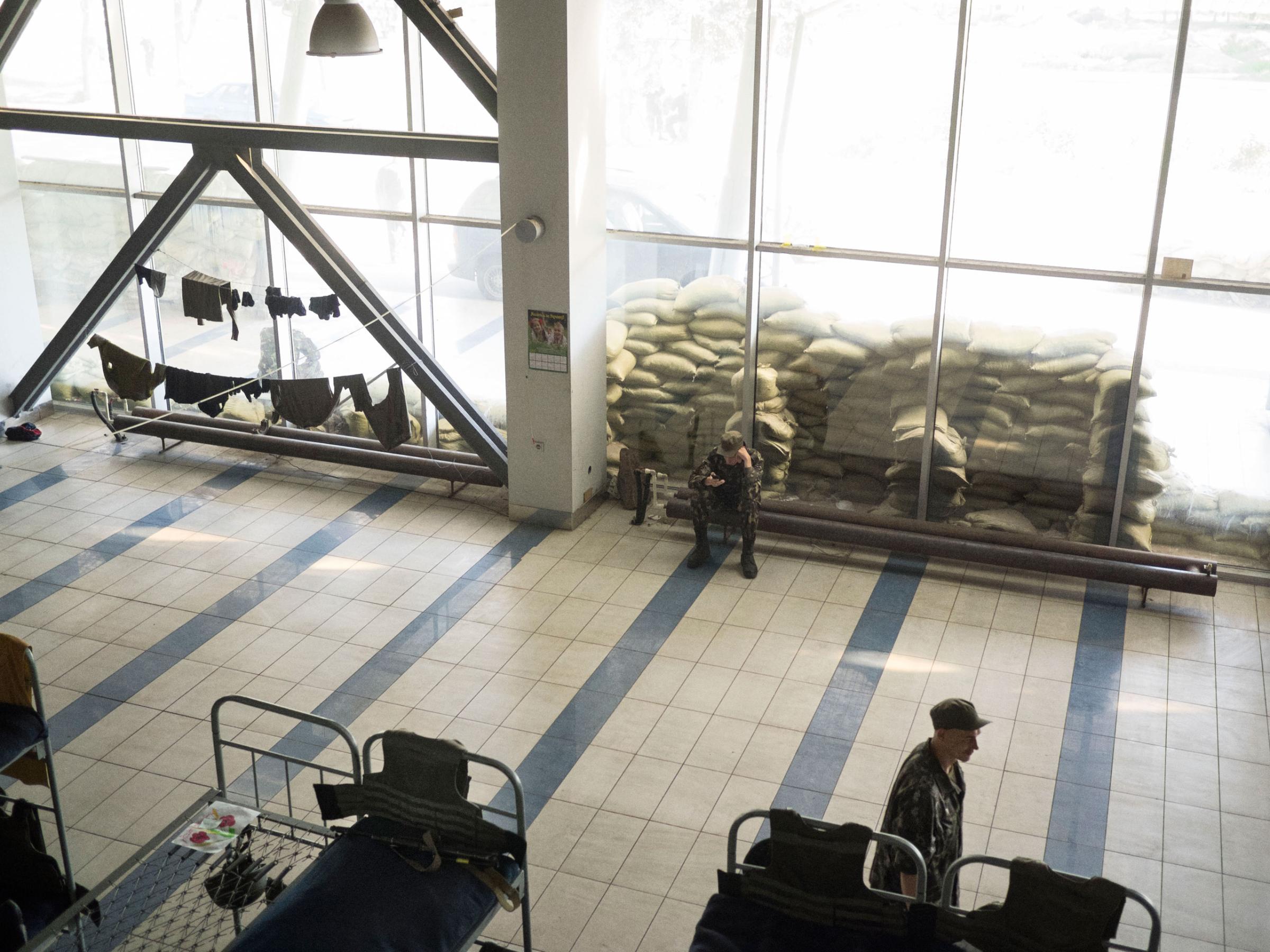
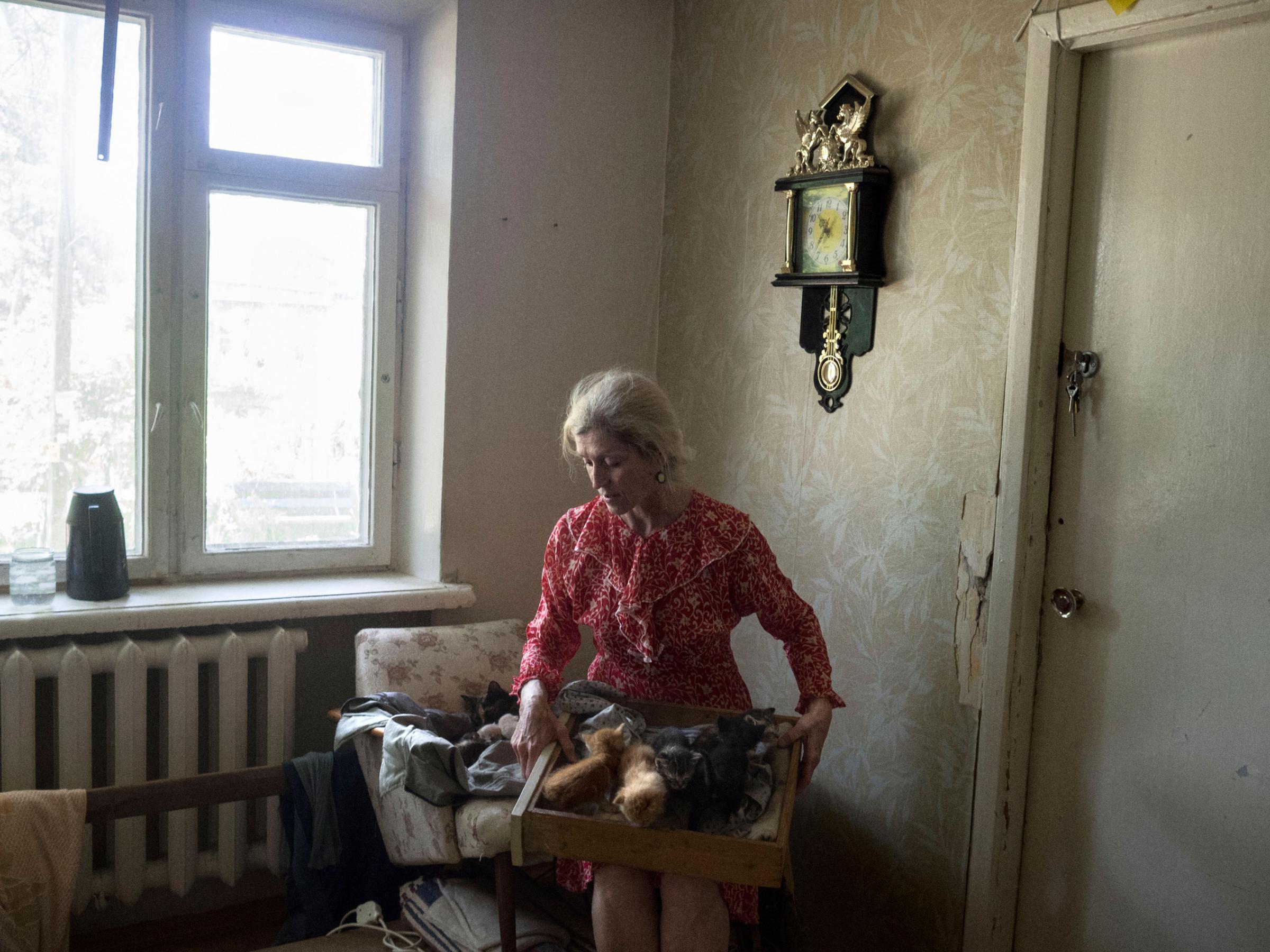
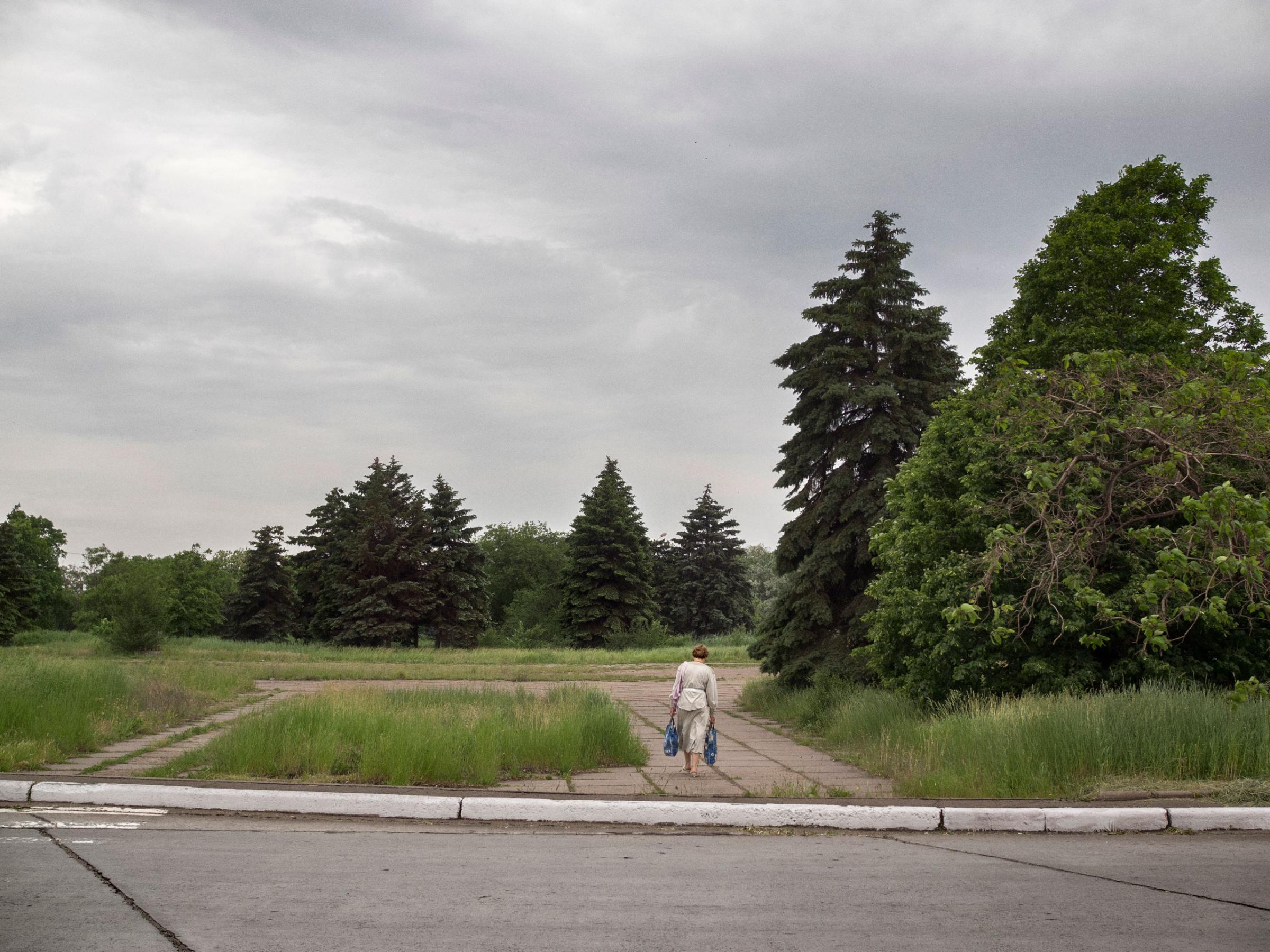
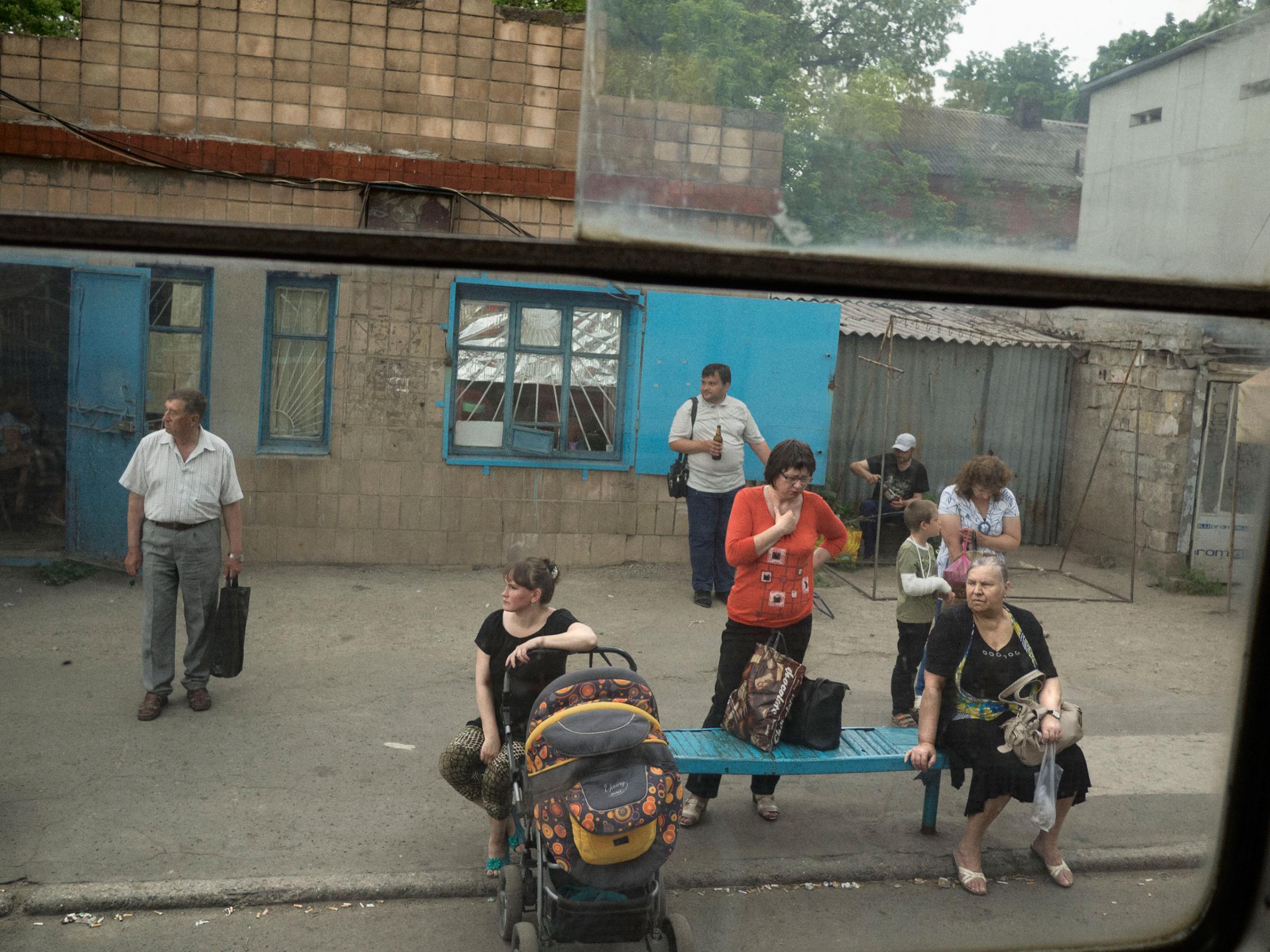
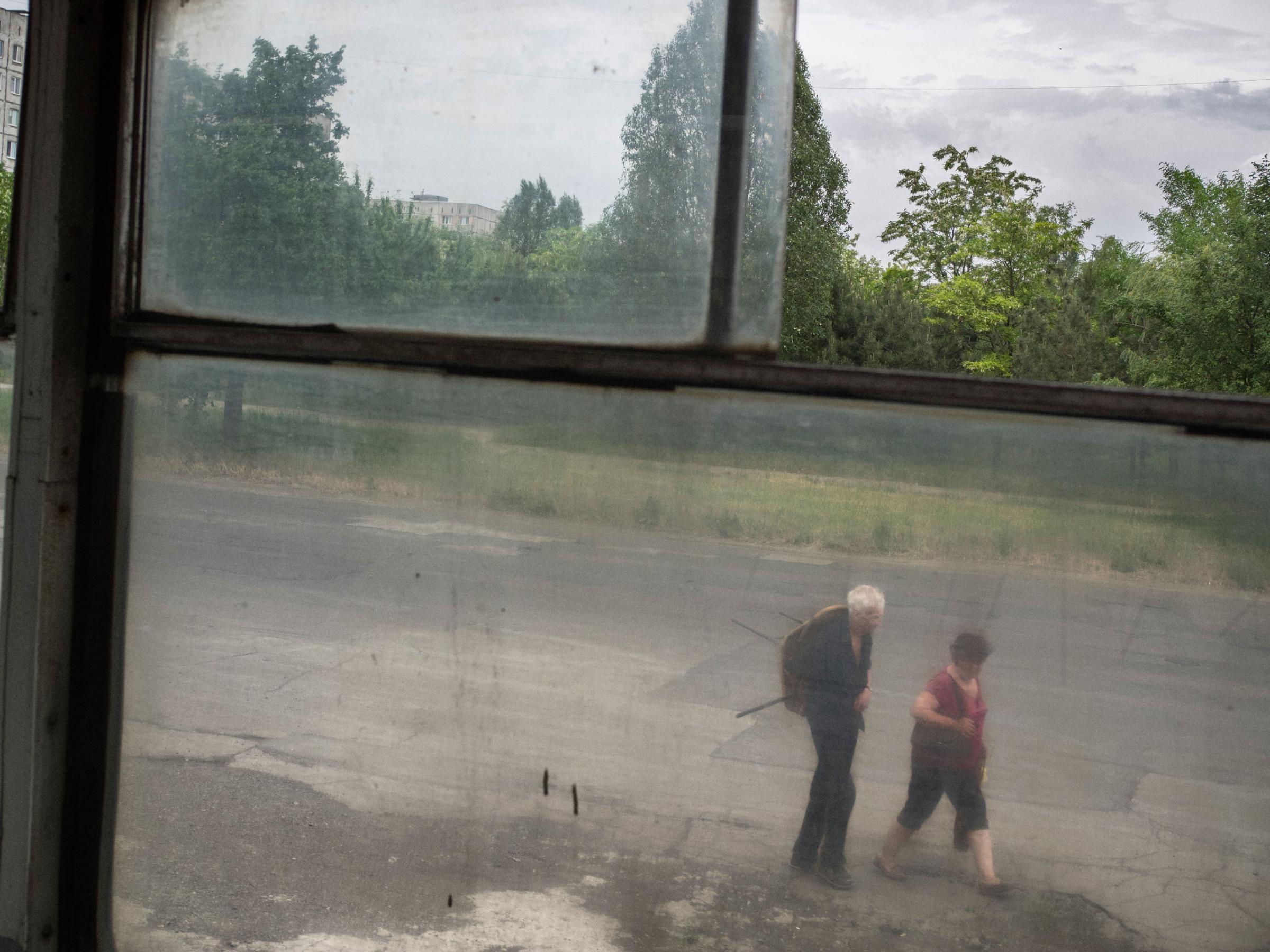
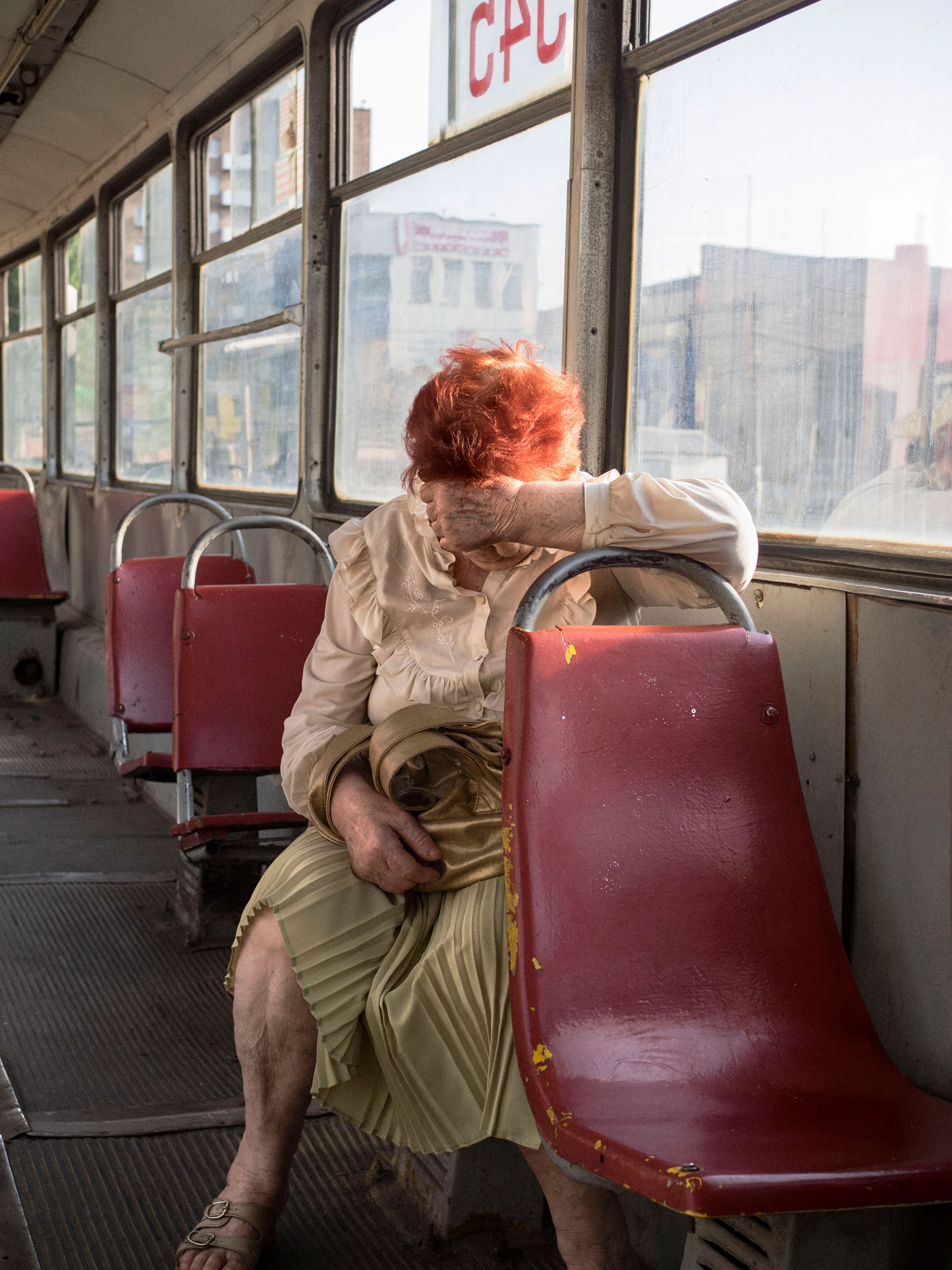
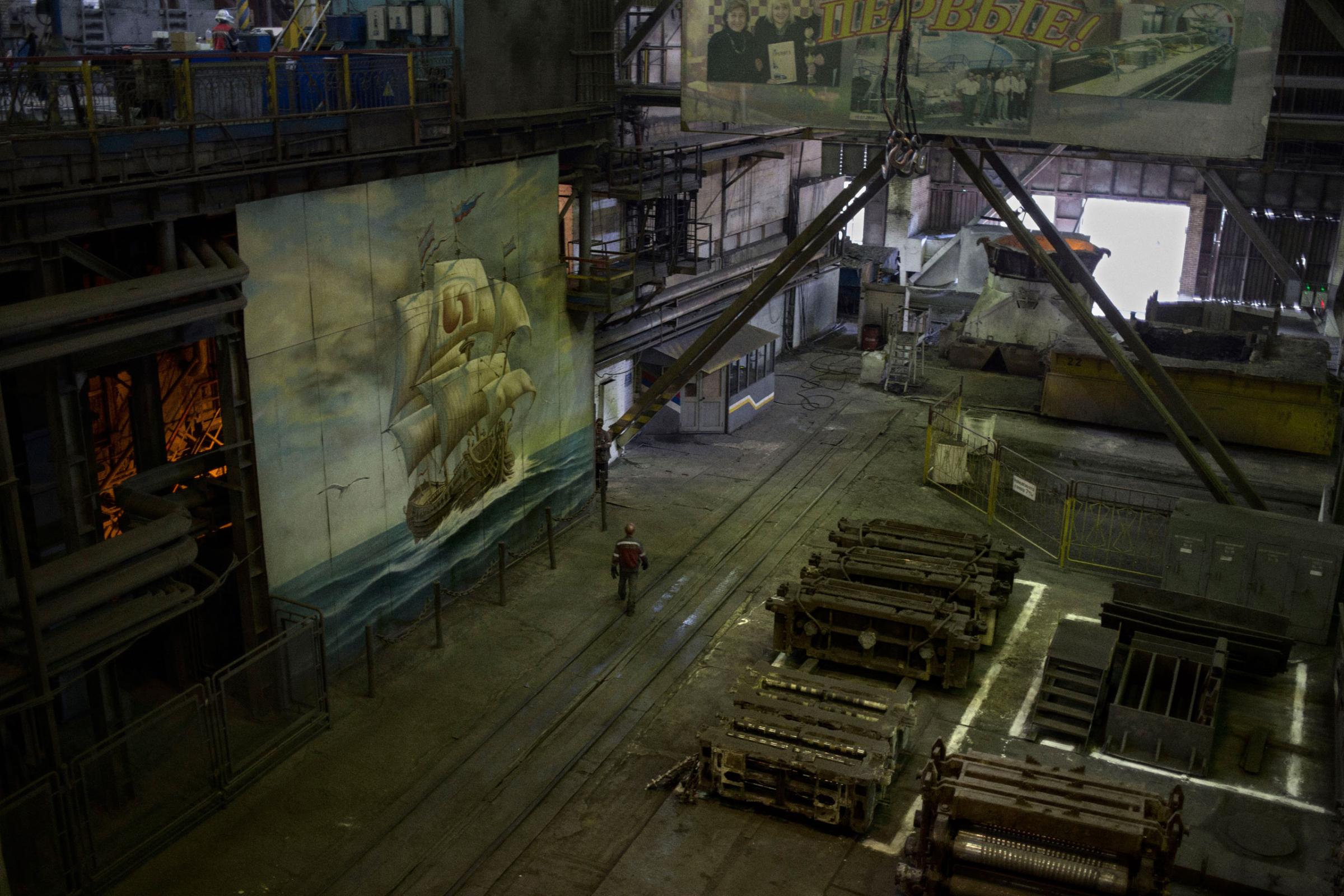
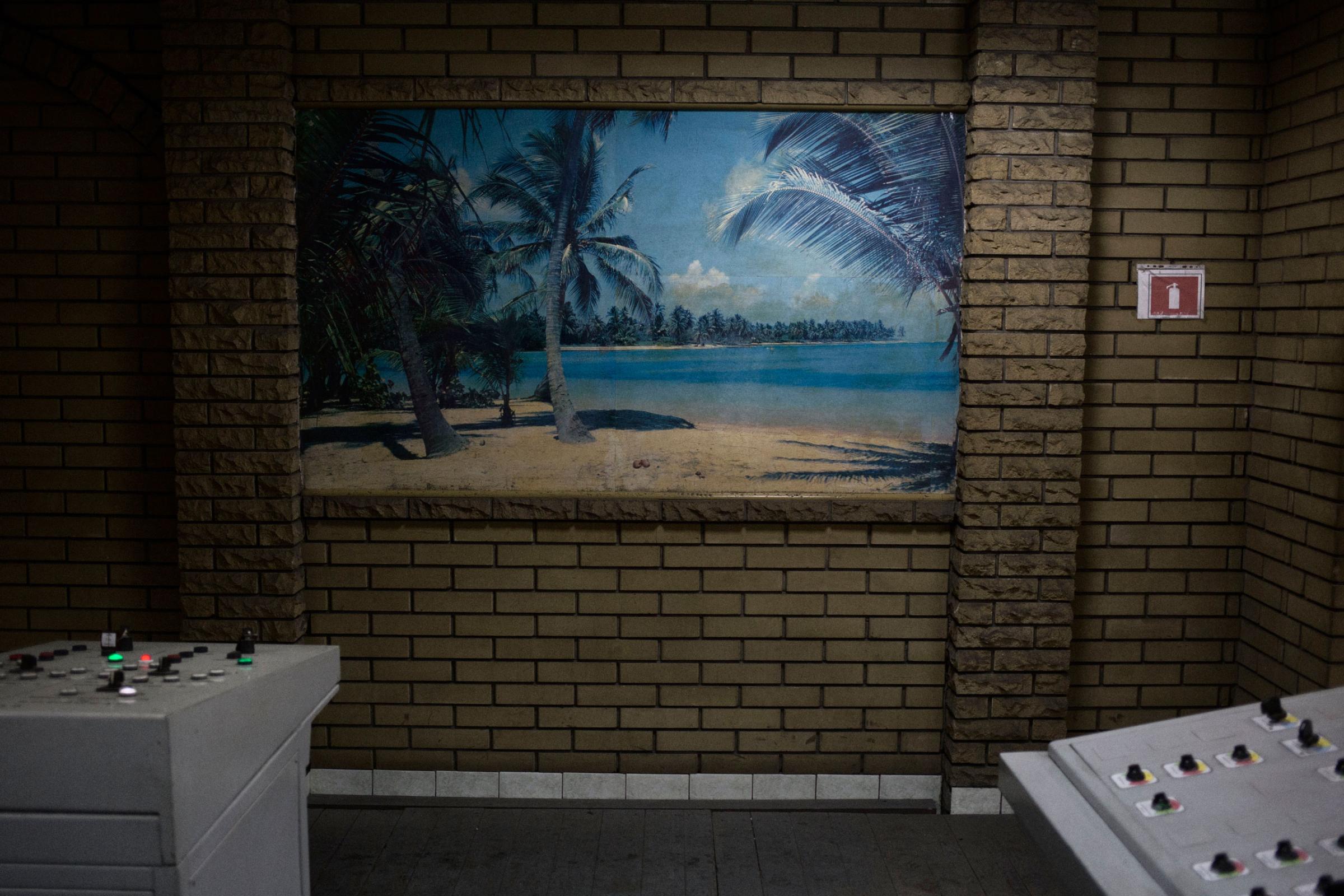
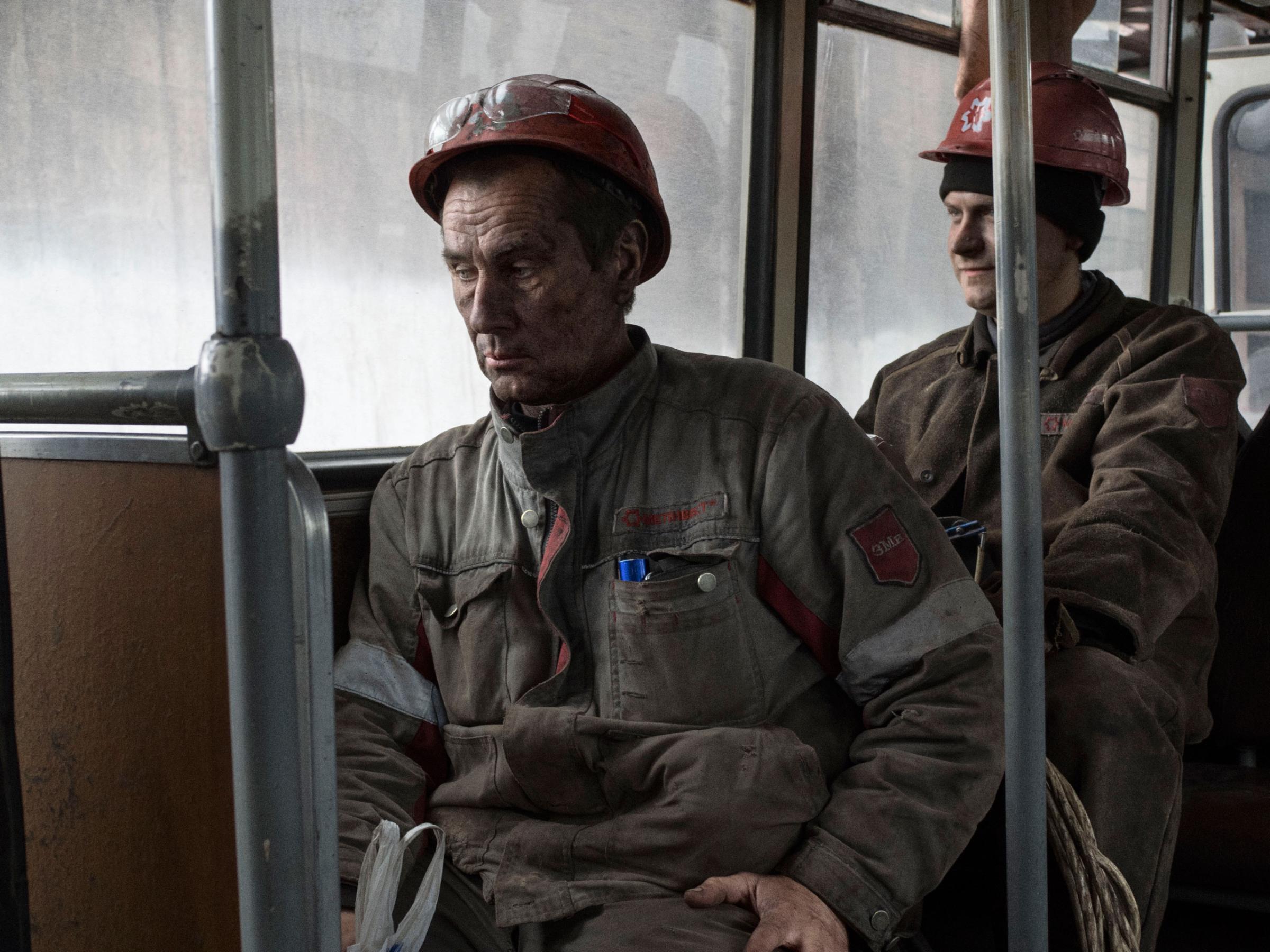
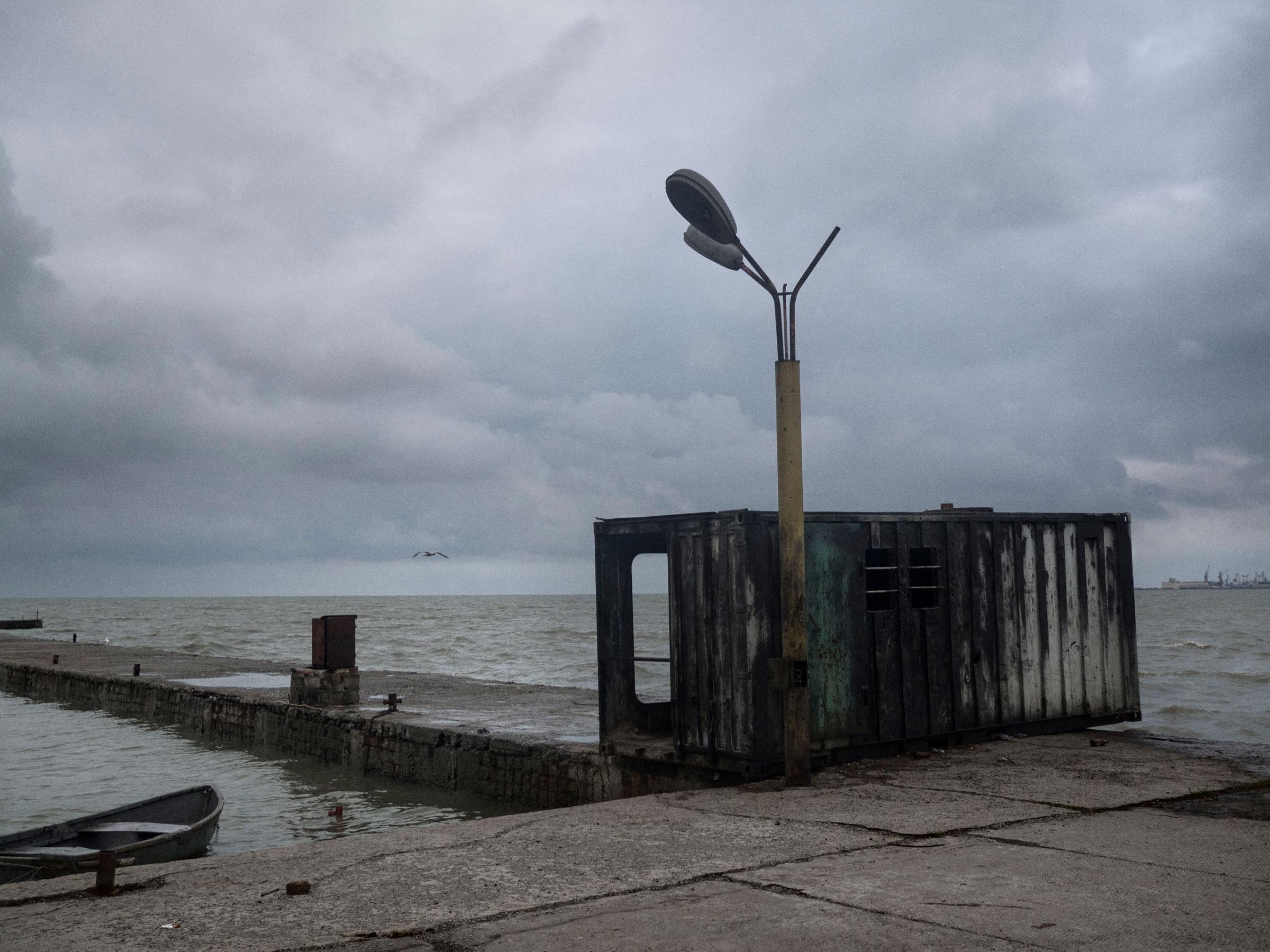
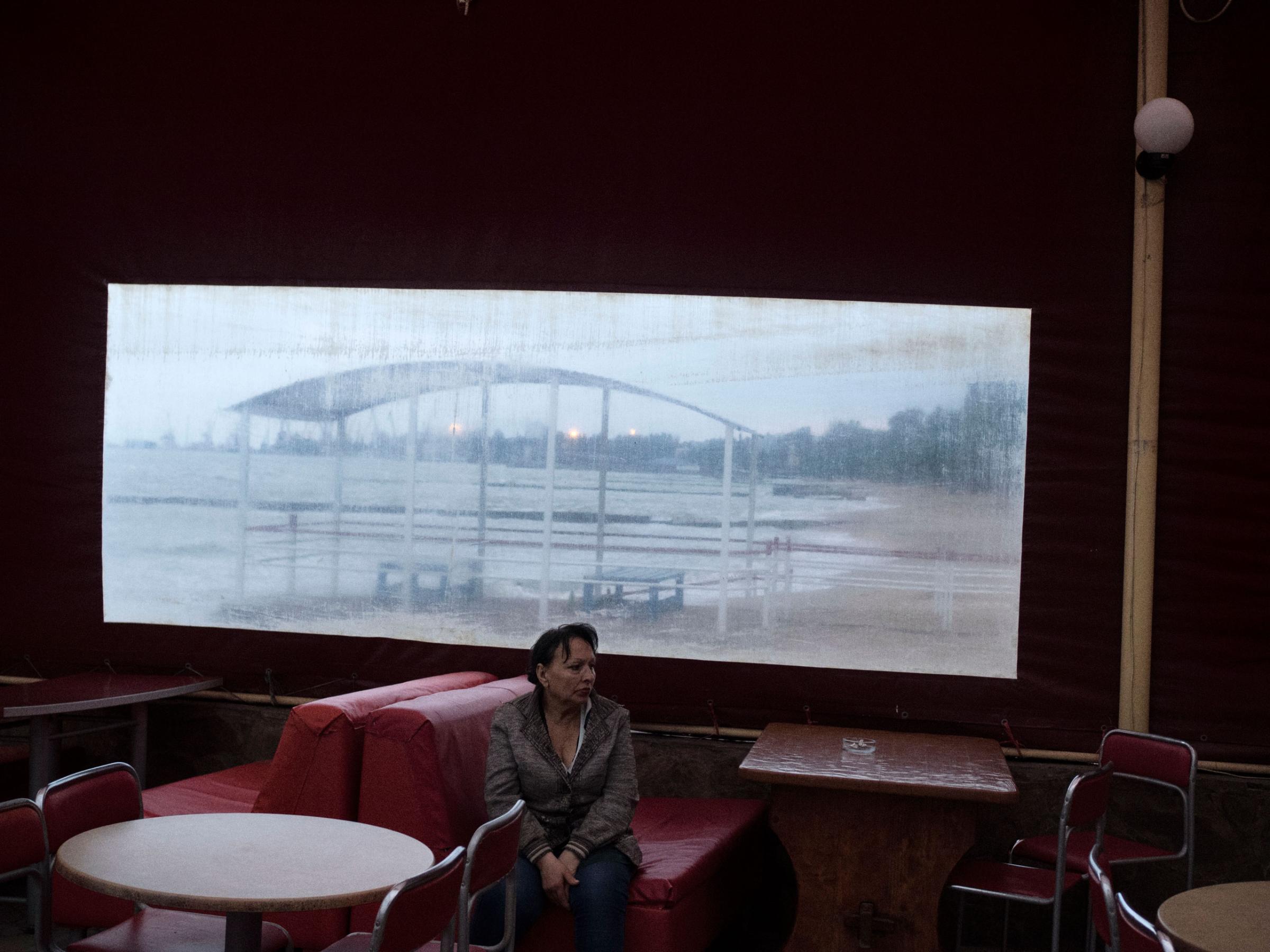
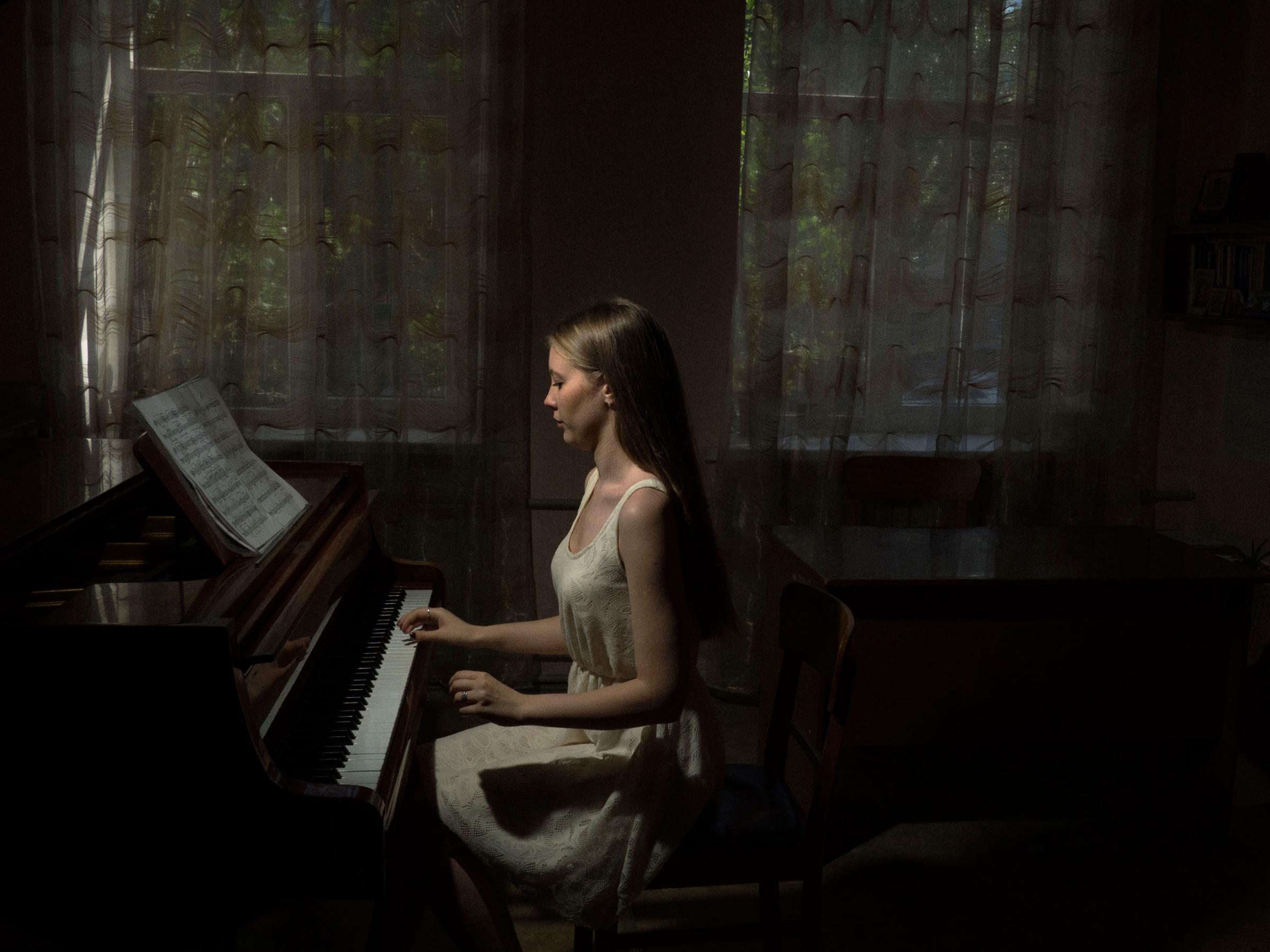
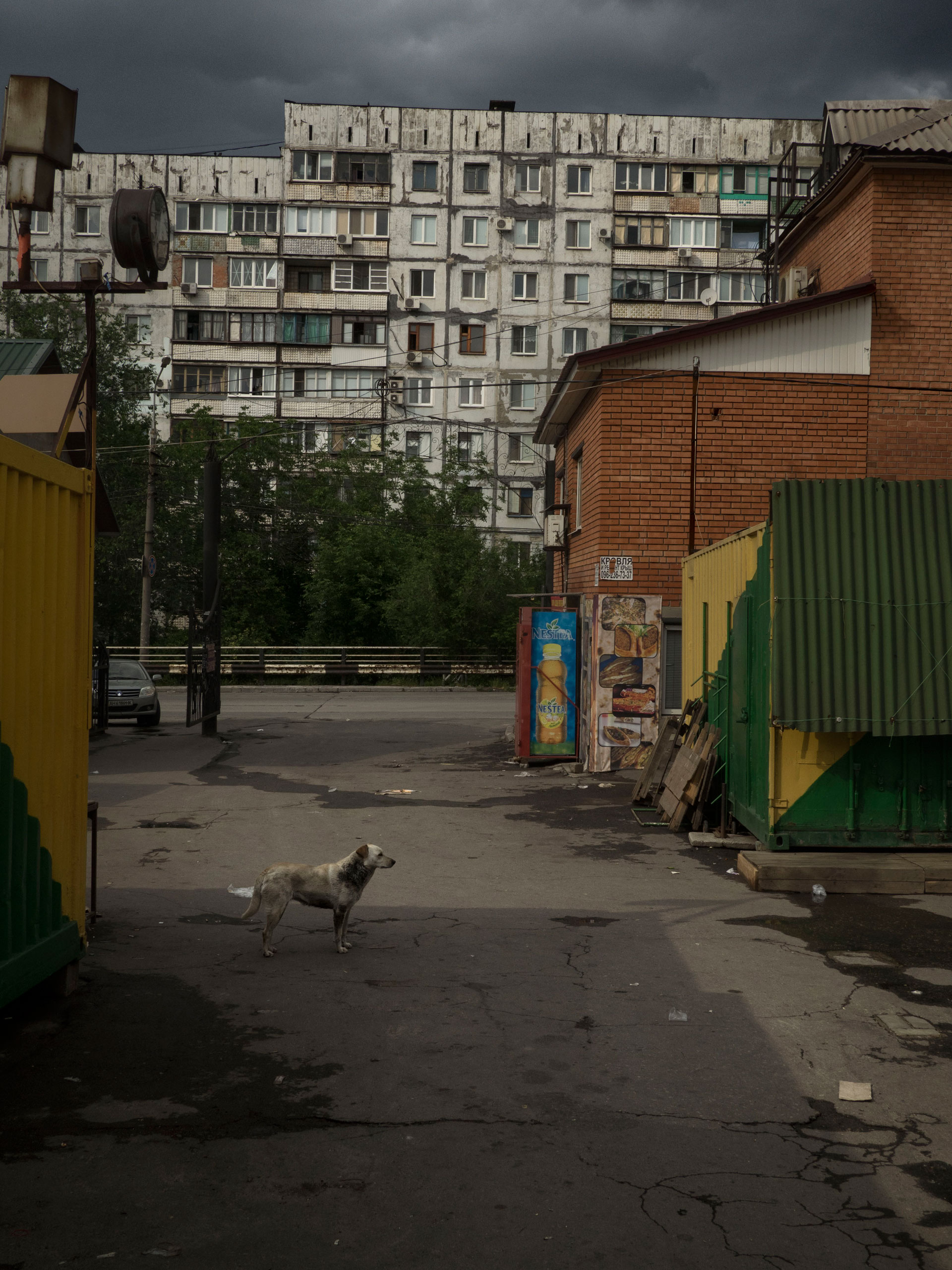
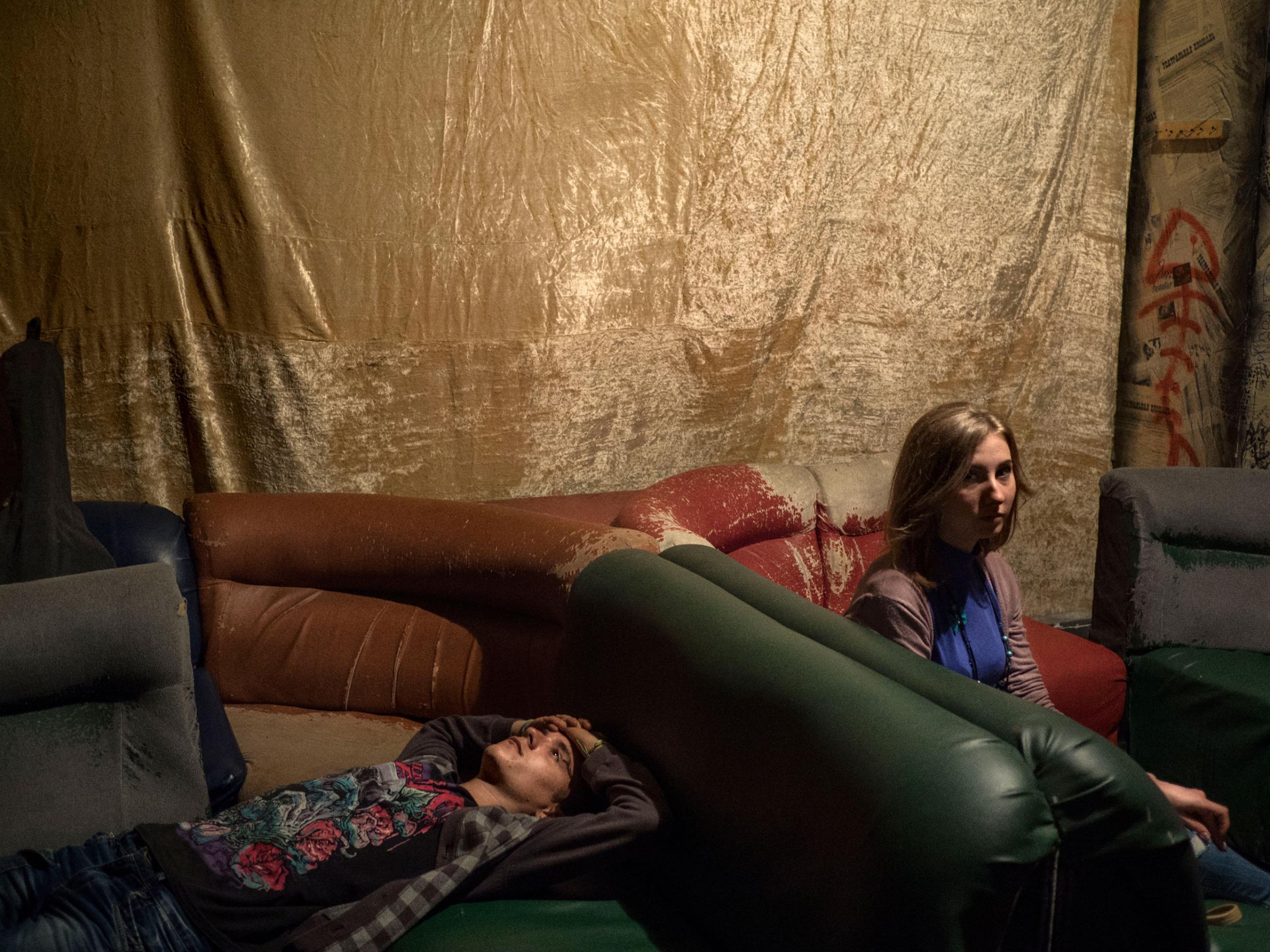
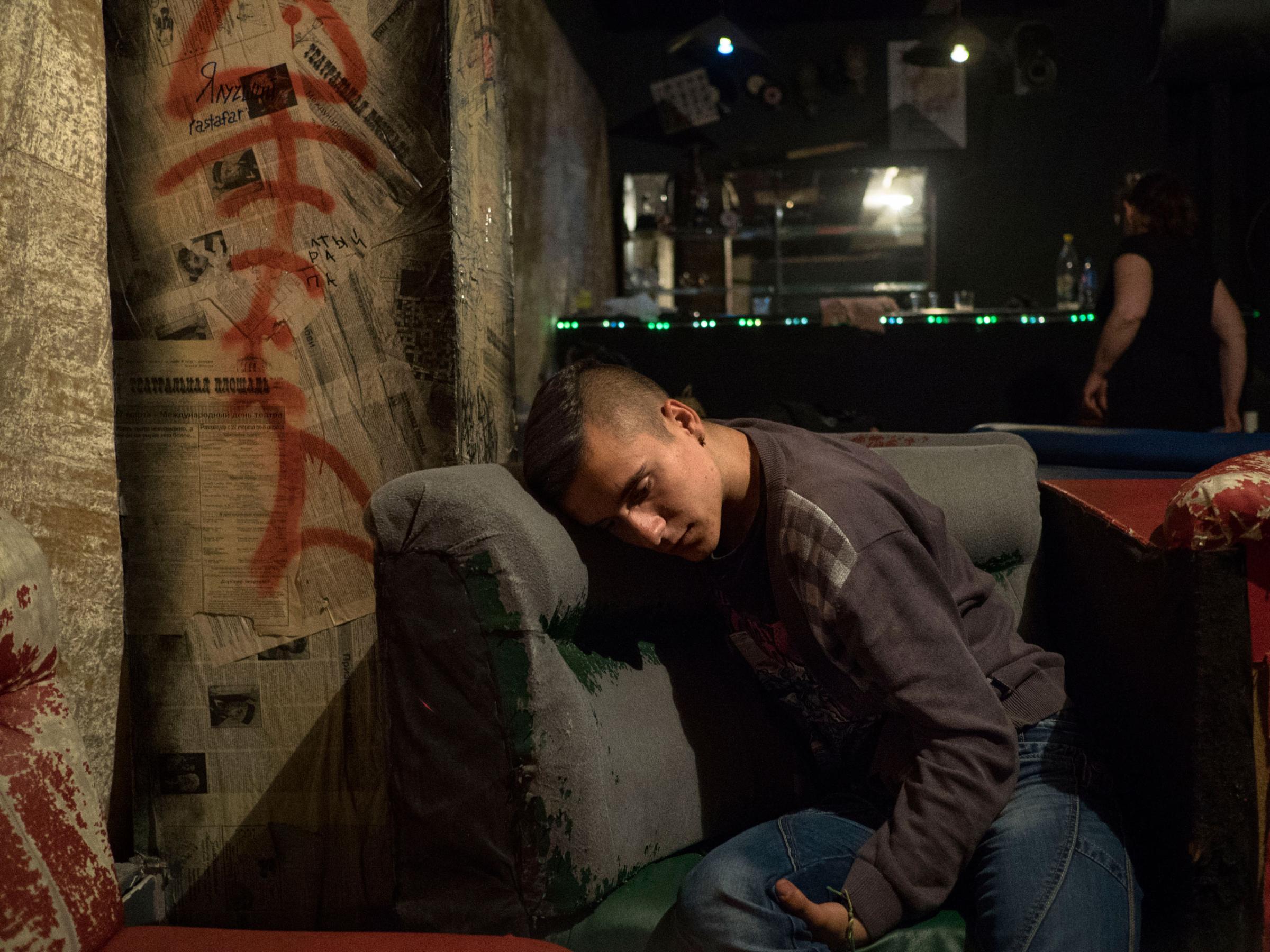
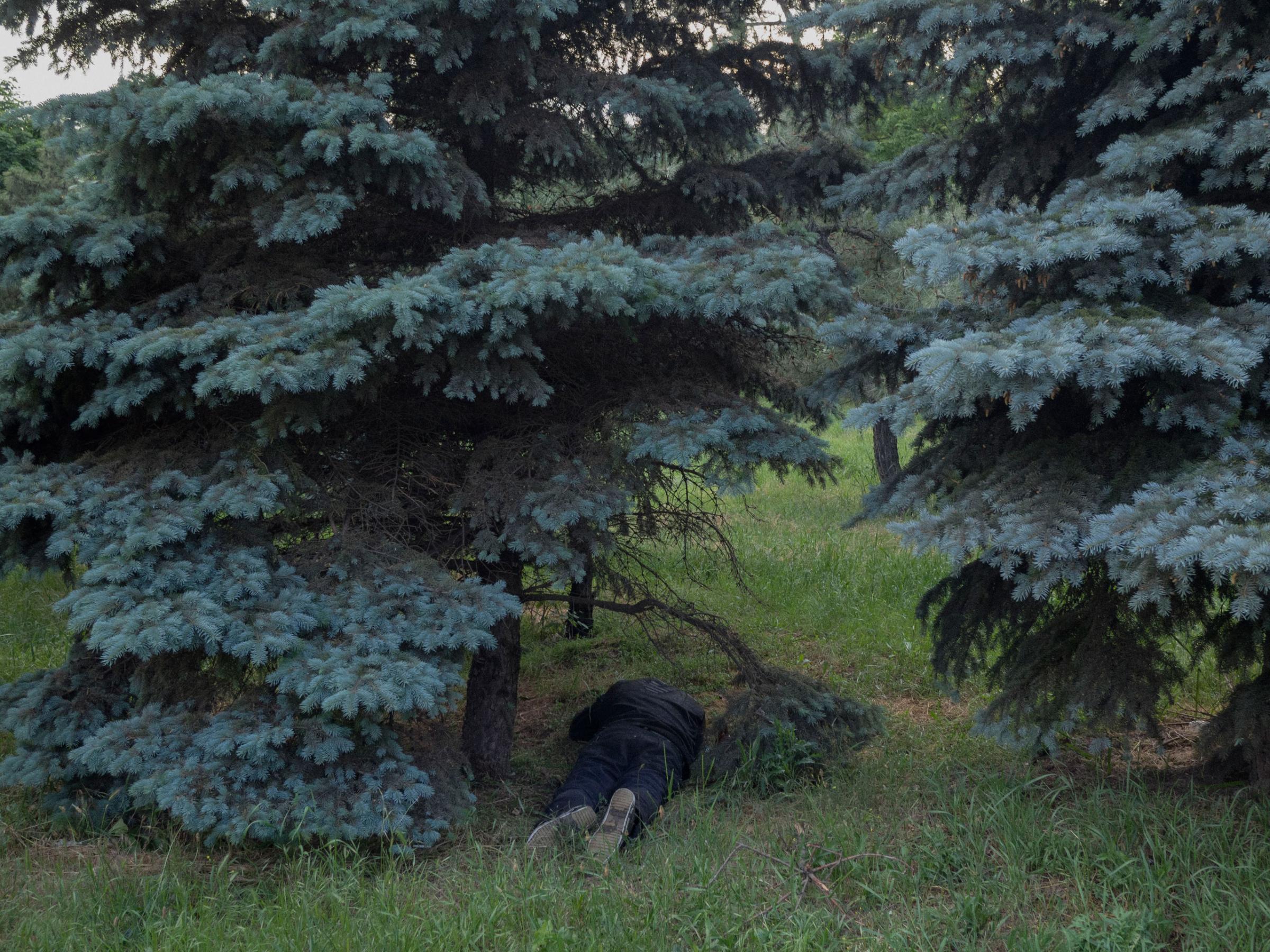
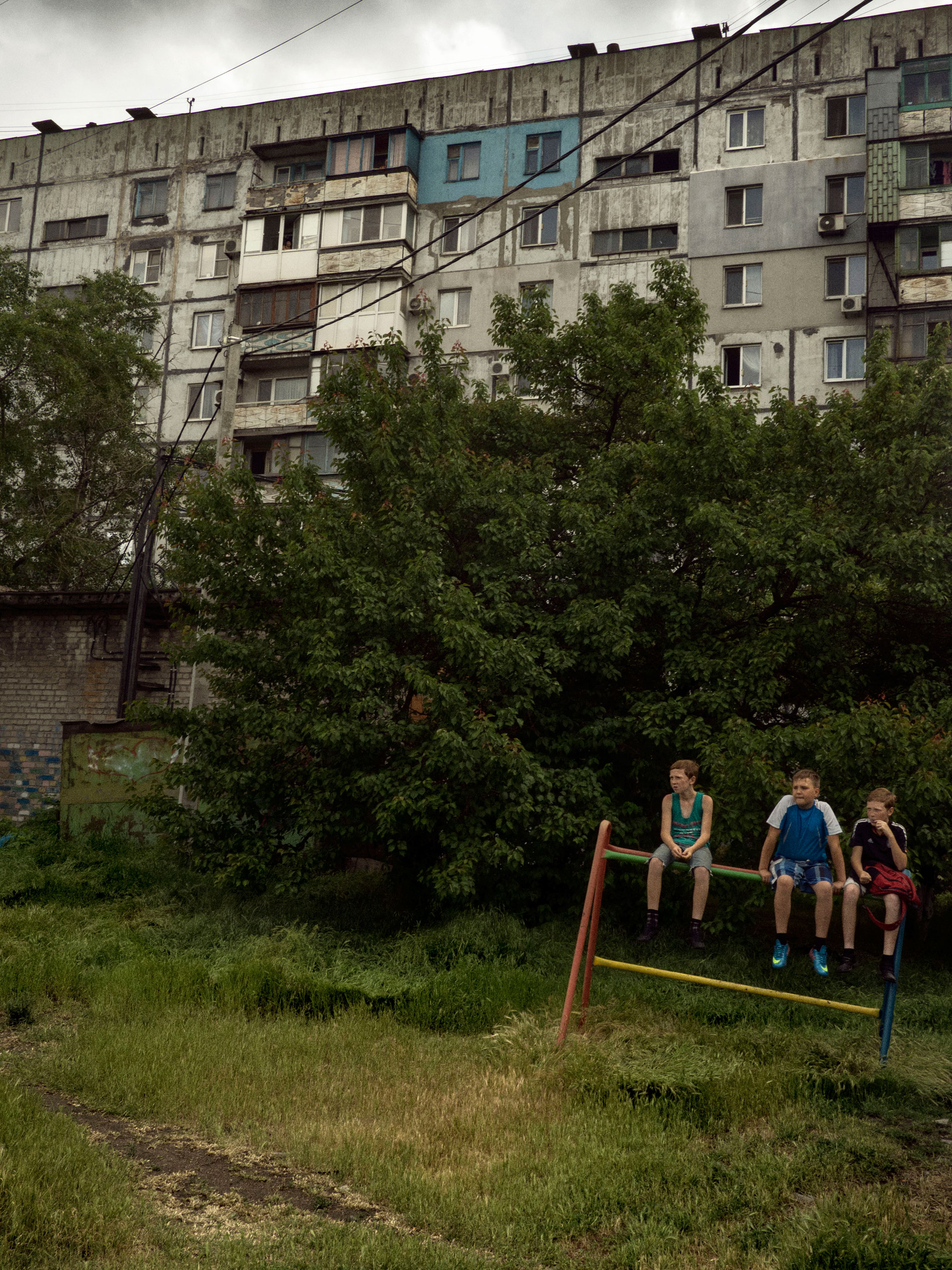
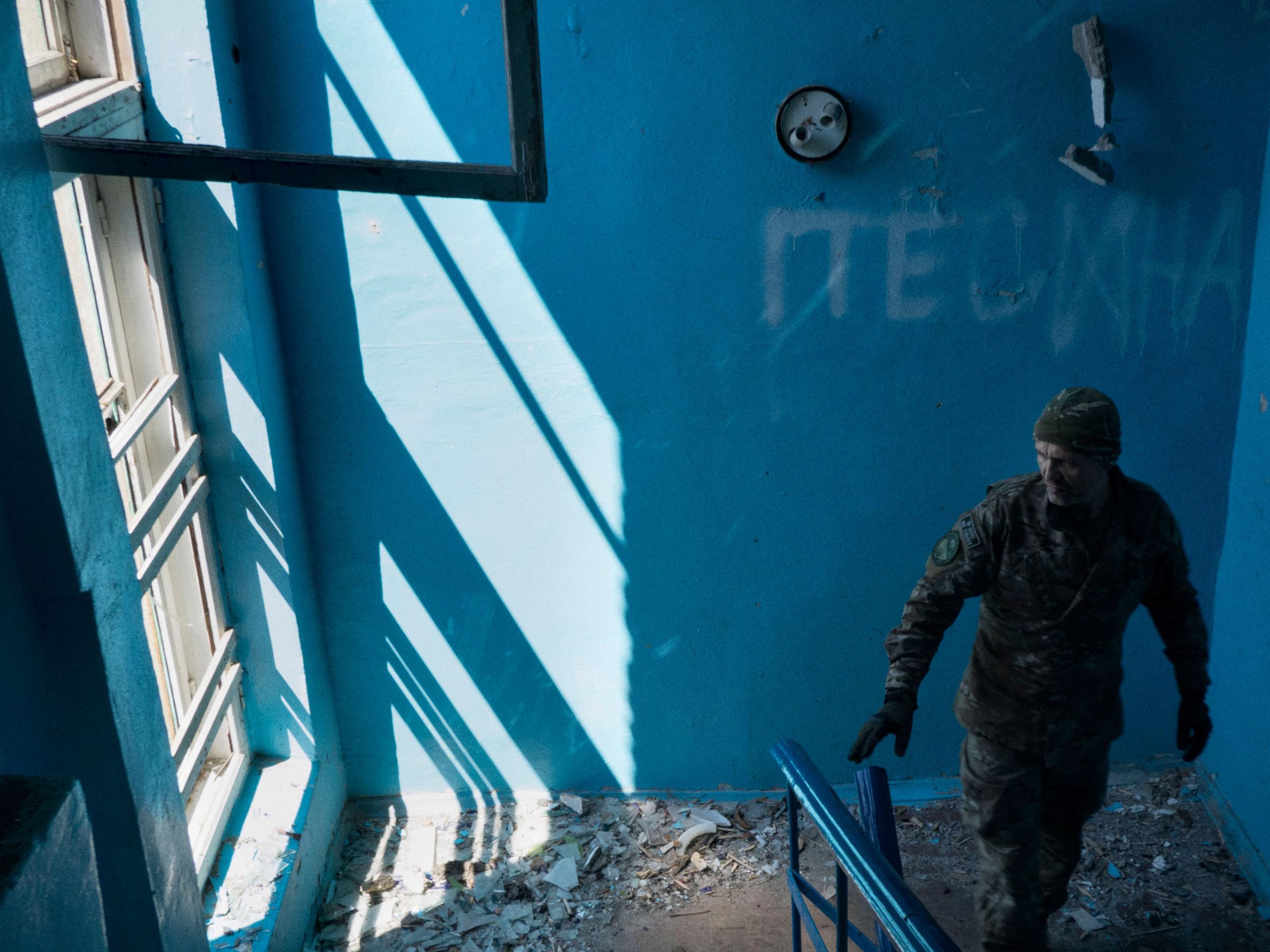
More Must-Reads from TIME
- Cybersecurity Experts Are Sounding the Alarm on DOGE
- Meet the 2025 Women of the Year
- The Harsh Truth About Disability Inclusion
- Why Do More Young Adults Have Cancer?
- Colman Domingo Leads With Radical Love
- How to Get Better at Doing Things Alone
- Michelle Zauner Stares Down the Darkness
Contact us at letters@time.com